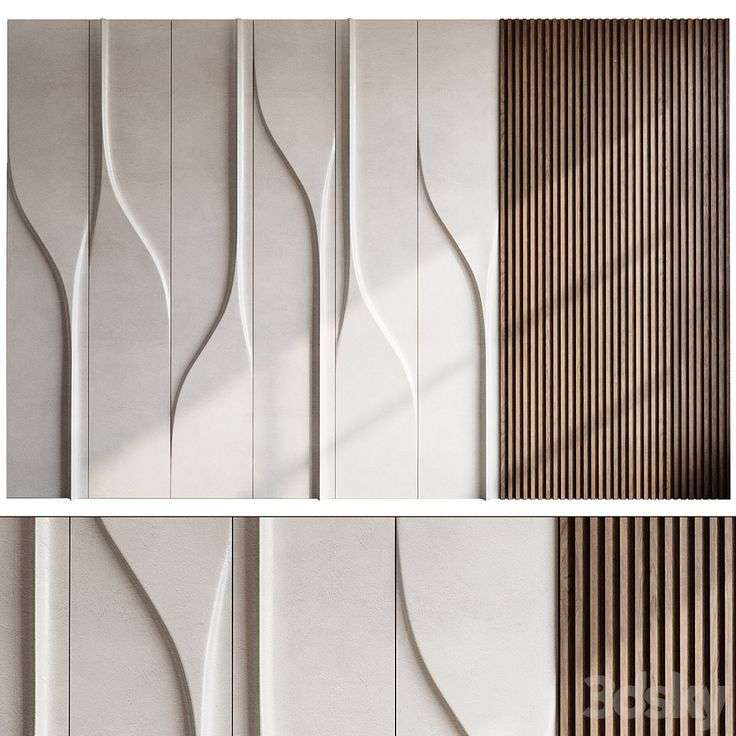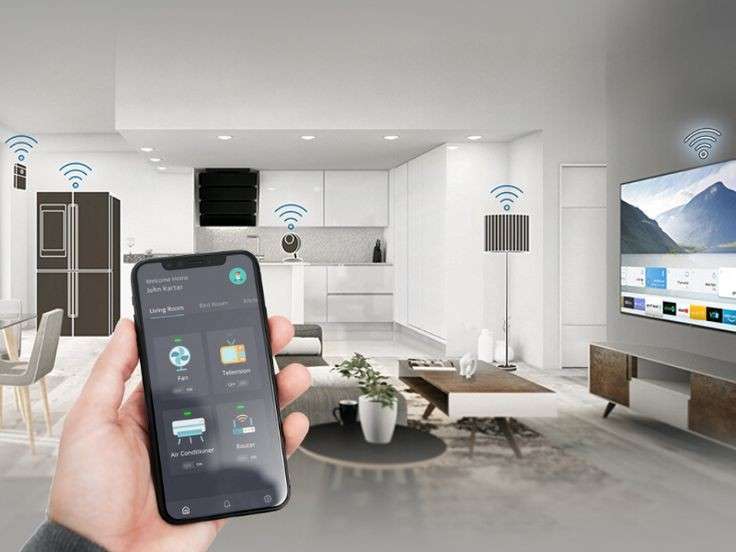Every home tells a story. Whether it’s through its design, the choice of furniture, or the carefully selected decor, interiors have the power to narrate the life, tastes, and experiences of those who live within them. The idea of a home as a reflection of its inhabitants has been around for centuries, but today, interior design is becoming an increasingly important way to weave a narrative into the very fabric of a space.
By thoughtfully considering how the elements in a room work together, you can create a space that speaks volumes—without ever uttering a word. Here’s how interiors play a key role in storytelling and how you can design your own space to tell a compelling narrative.

The Role of Interiors in Storytelling: Homes with a Narrative
Every home tells a story. Whether it’s through its design, the choice of furniture, or the carefully selected decor, interiors have the power to narrate the life, tastes, and experiences of those who live within them. The idea of a home as a reflection of its inhabitants has been around for centuries, but today, interior design is becoming an increasingly important way to weave a narrative into the very fabric of a space.
By thoughtfully considering how the elements in a room work together, you can create a space that speaks volumes—without ever uttering a word. Here’s how interiors play a key role in storytelling and how you can design your own space to tell a compelling narrative.
1. Personal History and Meaningful Objects
Every object in your home has the potential to tell a story. Whether it’s a vintage piece of furniture handed down through generations or a souvenir from a memorable trip, each item can represent a chapter of your life.
- Family Heirlooms: Incorporating family heirlooms into your decor not only adds personal significance to your home but also brings a sense of continuity and tradition.
- Travel Souvenirs: Items collected from different places around the world can speak to your love for adventure and exploration. These objects can be displayed as focal points in your home, each piece contributing to the broader narrative of your life’s journey.
- Art and Photography: Whether it’s artwork from your favorite artist or family photographs, visual elements can communicate a deeper story about your passions, values, and experiences.
By thoughtfully incorporating meaningful objects, your home becomes a tangible representation of your personal story, creating a space that feels truly unique and special.
2. Designing for a Sense of Place
Homes can tell a story by evoking a sense of place. The architectural elements, materials, and color palettes you choose can reflect the culture, environment, or era you feel connected to. This aspect of storytelling helps ground your space in a specific context, whether it’s a nod to your roots, a tribute to a place you love, or a design that evokes a particular mood.
- Cultural Influences: If you have strong cultural ties, you may want to incorporate design elements that reflect your heritage, like patterns, textiles, or colors associated with that culture. A Moroccan-inspired living room, for example, can tell the story of a love for the region’s rich history and craftsmanship.
- Natural Elements: Using materials like wood, stone, or metal can help create a natural connection to the outdoors and tell a story of sustainability or your appreciation for nature. For example, a home with rustic wood beams or stone accents can evoke a sense of earthiness and warmth.
- Era-Based Design: If you’re drawn to a particular era, such as mid-century modern or Victorian, your home’s design can tell the story of a time period you admire. The furniture, lighting, and decor from these eras can evoke nostalgia and connect you to the past.
Choosing materials and design elements that reflect a certain place or time adds layers to the narrative your home tells, making it more meaningful and resonant.
3. Color as a Storytelling Tool
Color is one of the most powerful tools in interior design. It has the ability to affect our emotions, influence our behavior, and even convey a sense of identity. Using color strategically can help tell the story of your home, setting the tone and creating a sense of continuity between different spaces.
- Emotional Impact: Different colors evoke different feelings. For example, soft blues and greens can create a calming atmosphere, while rich reds and oranges can inject energy into a room. The color scheme you choose can speak to the emotions or moods you want to experience within your home.
- Personal Expression: Color can be a direct reflection of your personality. A vibrant and eclectic color palette might reflect a bold, adventurous spirit, while muted tones may tell the story of a more minimalist, peaceful lifestyle. The color choices throughout your home help communicate who you are and what you value.
- Cohesion: A cohesive color palette throughout your space helps weave the narrative together. It creates a sense of harmony, connecting the different areas of your home and allowing them to tell a unified story.
Color is a simple yet effective way to create a specific mood or communicate an idea, further enriching the narrative of your space.
4. Functional Design with a Purpose
Every element of your home can serve both a functional and symbolic purpose. When designing spaces, think beyond aesthetics—how can the design of each room support the narrative you want to convey?
- Multi-Functional Spaces: In today’s world, many homes need to serve multiple purposes. Designing a space that can easily transition from work to leisure tells a story of flexibility and adaptability. A home office that doubles as a cozy reading nook, or a dining table that transforms into a creative space, reflects a life of balance and versatility.
- Flow and Layout: The layout of your home can also tell a story. Open spaces may communicate a sense of freedom and connectivity, while more enclosed or compartmentalized spaces may speak to a preference for privacy or introspection.
- Sustainability: Eco-friendly design choices, like using sustainable materials or incorporating energy-efficient technologies, tell a story of environmental awareness and responsibility.
Incorporating both functional and symbolic elements into your design ensures that your home serves a greater purpose than just a place to live—it becomes an expression of your lifestyle and values.
5. Telling a Story Through Lighting
Lighting is an essential, often overlooked, part of storytelling in interiors. It can completely transform the mood of a space and help create the atmosphere you want to convey.
- Ambient Lighting: Soft, warm lighting creates a welcoming and cozy atmosphere. It tells the story of a home that is lived in, nurturing, and safe.
- Task Lighting: Bright, focused lighting is perfect for workspaces or areas requiring concentration. It can tell the story of productivity, focus, and diligence.
- Accent Lighting: Accent lighting can highlight architectural features, art pieces, or objects, adding visual interest and guiding the eye toward important details in your home.
Lighting has the power to enhance the narrative of a space, influencing how we perceive and experience it on a sensory level.
6. Creating a Space that Evolves
A truly captivating home story is one that evolves over time. As you grow, change, and experience new chapters in your life, your home should reflect those shifts. Design with the understanding that interiors are not static—they should change and evolve just as you do.
- Personal Growth: Over the years, you may acquire new furniture, art, or keepsakes that reflect your personal growth. These additions help tell the story of your journey.
- Aging with Grace: Homes, like the people in them, should age with grace. A home filled with meaningful objects and carefully chosen design elements develops its own history. Over time, these additions create a richer, deeper narrative.
Allowing your home to evolve with you ensures that the story it tells remains relevant and reflective of your ongoing journey.



